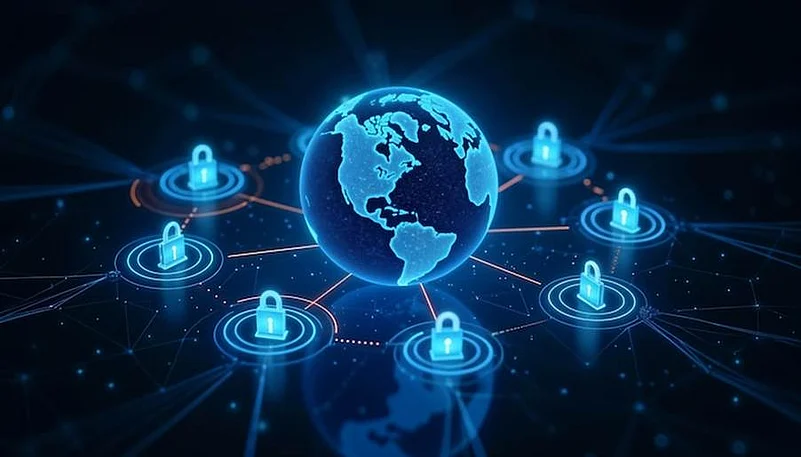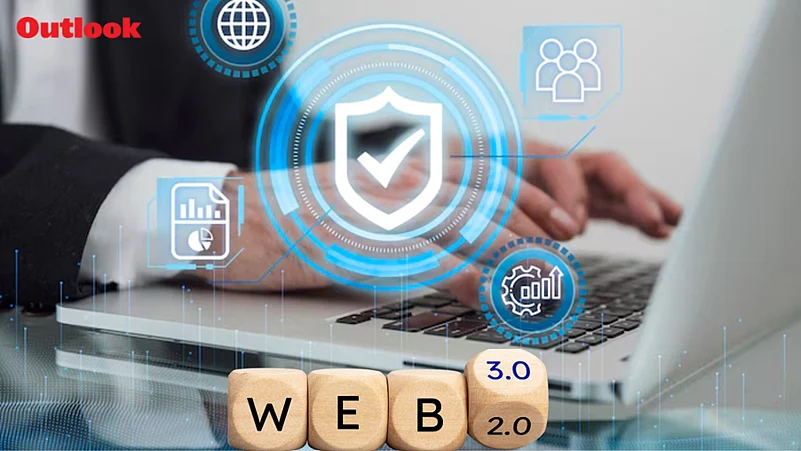The internet is changing—again.
From browsing simple web pages to posting on social media and shopping online, the internet has evolved massively in just a few decades. But we’re now on the edge of a new chapter called Web3—a version of the internet that promises more freedom, transparency, and control for users.
So, what is Web3 exactly? And why is it called the internet's future? Let's take a closer look and break it down in an easy-to-grasp way.
What Is Web3?
Web3, or Web 3.0, is the internet of the future that gives you more control of your online presence, information, and resources. Rather than trusting big tech companies to do everything for you—such as your data, your content, or even your money—Web3 lets you own it all.
At its root, Web3 is based on blockchain technology. That may seem complicated, but imagine blockchain like an electronic account book that is spread across many computers. It belongs to nobody and everybody has the ability to check what it contains. That makes it clear, safe, and almost inviolable.
Simply, Web3 restores control from corporations back to customers like you and me.
How Did We Get Here? A Quick Look Back
Web1 (1990s–early 2000s): The early internet. You could only read websites. It was static and one-way, like reading a digital newspaper.
Web2 (2005–present): This is the internet we know today. It's social and interactive. We can post, comment, shop, stream, and connect. But in exchange, we provide our personal information to companies that own the platforms.
Web3 (emerging now): This is an open, decentralized internet. You own your data, your digital assets, and your online identity. You're not merely a user—you're part of the system.
What Makes Web3 Different?

Here are the key features that distinguish Web3 from the web we know now:
1. You Own Your Data
Currently, your data—your photos, messages, clicks, and preferences—are owned by platforms such as Facebook, Google, and Amazon. Web3 reverses that. You own your data and decide how, when, and where to share it.
2. No Middlemen
In Web2, if you are selling art, music, or anything on the web, some platforms charge a cut. In Web3, you can interact directly with your fans via smart contracts—automated digital contracts. No additional fees. No middlemen.
3. One Wallet, Many Uses
Rather than logging in with a multitude of usernames and passwords, Web3 allows you to access sites with a single digital wallet. This wallet also allows you to store tokens, pay, and verify your identity.
4. Earn While You Play
A number of Web3 sites reward users with digital tokens. You can use them, trade them, or save them—sometimes they even allow you to vote to contribute to a platform's future.
5. More Liberty, Less Authority
Because Web3 platforms are decentralized, no company or government can simply shut them down or censor them.
Why Does Web3 Matter?
Web3 is not merely a technology trend. It's about empowering individuals online.
In Web2, if a website suspends your account, all of your work—your photos, your followers, your posts—can be gone in the morning. In Web3, your online presence is yours. Nobody can take it from you.
Web3 also opens up new possibilities. Artists can sell digital art directly to fans as NFTs (non-fungible tokens). Gamers can truly own and sell their in-game assets. Creators can create communities and earn money without depending on sponsors or platforms.
In short, Web3 introduces ownership, access, and equity to the internet like never before.
But There Are Challenges
Of course, Web3 is not perfect. It's still evolving, and there are challenges:
It can be difficult to use: Creating a wallet or learning about tokens isn't always easy for beginners.
It's still slow: Certain blockchain networks have trouble with lots of users.
Security is important: If you lose access to your digital wallet, you might lose everything within it.
Governments are uncertain: Regulation is still playing catch-up, which makes certain aspects of Web3 risky or ambiguous.
Despite this, we're already witnessing advancements. Web3 developers across the globe are making efforts to make Web3 easier to use, faster, and more secure. As it was with the beginnings of the internet, it's a time-consuming process—but the upside is enormous.
Conclusion
Web3 is more than an upgraded toolkit. It's changing the way we interact with the internet—and what we ask of it.
It's about transitioning from systems that govern us to platforms we can govern. It's about building an internet where users don't merely engage—they belong. Whether you're an artist, a gamer, an entrepreneur, or simply a person who wishes for greater privacy and autonomy on the web, Web3 is worth keeping an eye on.
We're not merely seeing the next iteration of the internet. We're constructing it—alongside each other.














